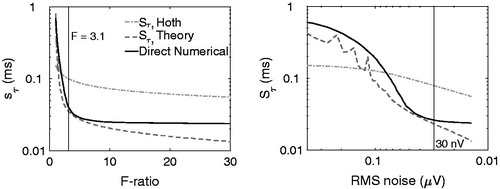Figures & data
Figure 1. Templates used to represent the ABR signal. Scaled ABR templates (left panel) and ABR templates with reduced wave-V width (right panel).
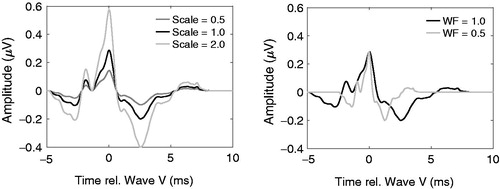
Figure 2. The global variance of data of each run included in the database for each condition. No artefact rejection was applied here. Thus, this represents the raw data in the EEG noise database.
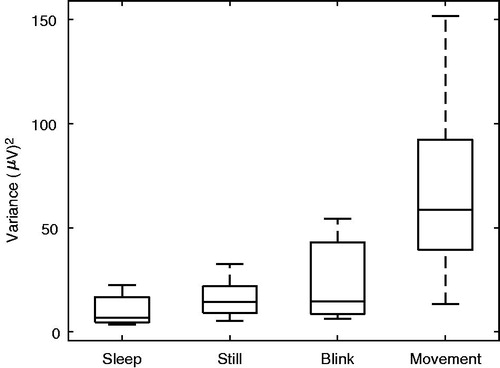
Figure 3. Scatter plots showing the difference between the estimated and true amplitudes (∈A) and latencies (∈τ) of wave V as a function of variance ratio. The grey-lines show the mean error or bias, E[∈A] and E[∈tau]. The left and right hand figures show the cases for FMP and NSFMP, respectively. The errors for FWB and FSP are not shown for brevity.
![Figure 3. Scatter plots showing the difference between the estimated and true amplitudes (∈A) and latencies (∈τ) of wave V as a function of variance ratio. The grey-lines show the mean error or bias, E[∈A] and E[∈tau]. The left and right hand figures show the cases for FMP and NSFMP, respectively. The errors for FWB and FSP are not shown for brevity.](/cms/asset/85f096e6-7873-4db3-b562-0956068a3d18/iija_a_1381770_f0003_b.jpg)
Figure 4. Standard error of wave-V amplitude estimates for fixed variance ratio intervals (left panel). Standard deviation of wave-V latency estimates for fixed variance ratio intervals (right panel).
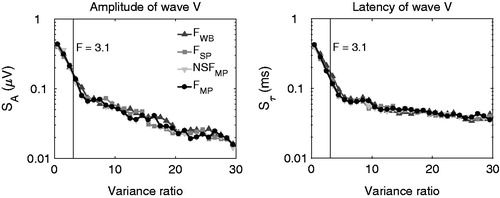
Figure 5. Upper panels show standard error of the wave-V amplitude estimate (SA), as a function of variance ratio when scaling the signal and reducing wave-V width, respectively. Lower panels show standard error of the wave-V latency estimate (Sτ), as a function of variance ratio when scaling the signal and reducing wave-V width, respectively.
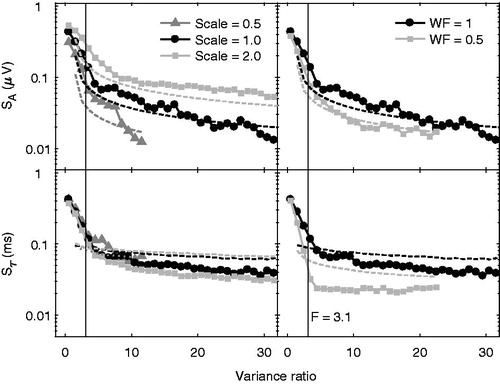
Figure 6. Upper panels show standard error of the wave-V amplitude estimate (SA), as a function of residual noise variance when scaling the signal and reducing wave-V width, respectively. Lower panels show standard error of the wave-V latency estimate (Sτ), as a function of residual noise variance when scaling the signal and reducing wave-V width, respectively. The vertical lines show a residual noise floor of 30 nV, a practical noise target for no-response situations.
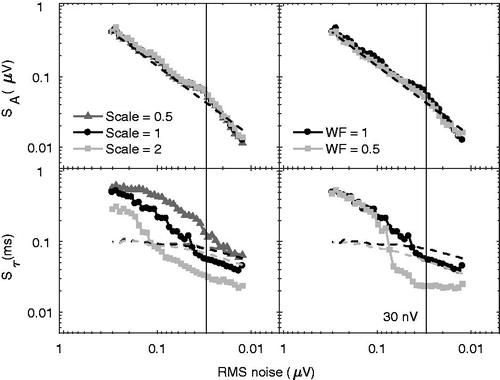
Figure 7. Standard error of the wave-V amplitude estimates (SA), for the four different background noise cases used in the EEG database and shown as a function of number of averages (left panel) and residual noise floor (right panel). The vertical lines show a residual noise floor of 2000 averages or 30 nV, commonly used targets for ABR recording.
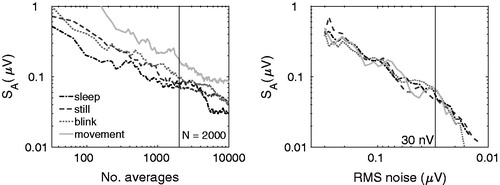
Figure 8. Standard error of the wave-V latency (Sτ), calculated numerically, directly according to the theory from Hoth (Citation1986) and as a simplified closed form solution and shown as a function of F-ratio (left panel) and residual noise floor (right panel).
